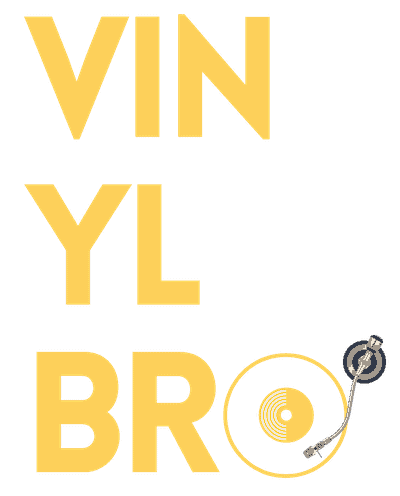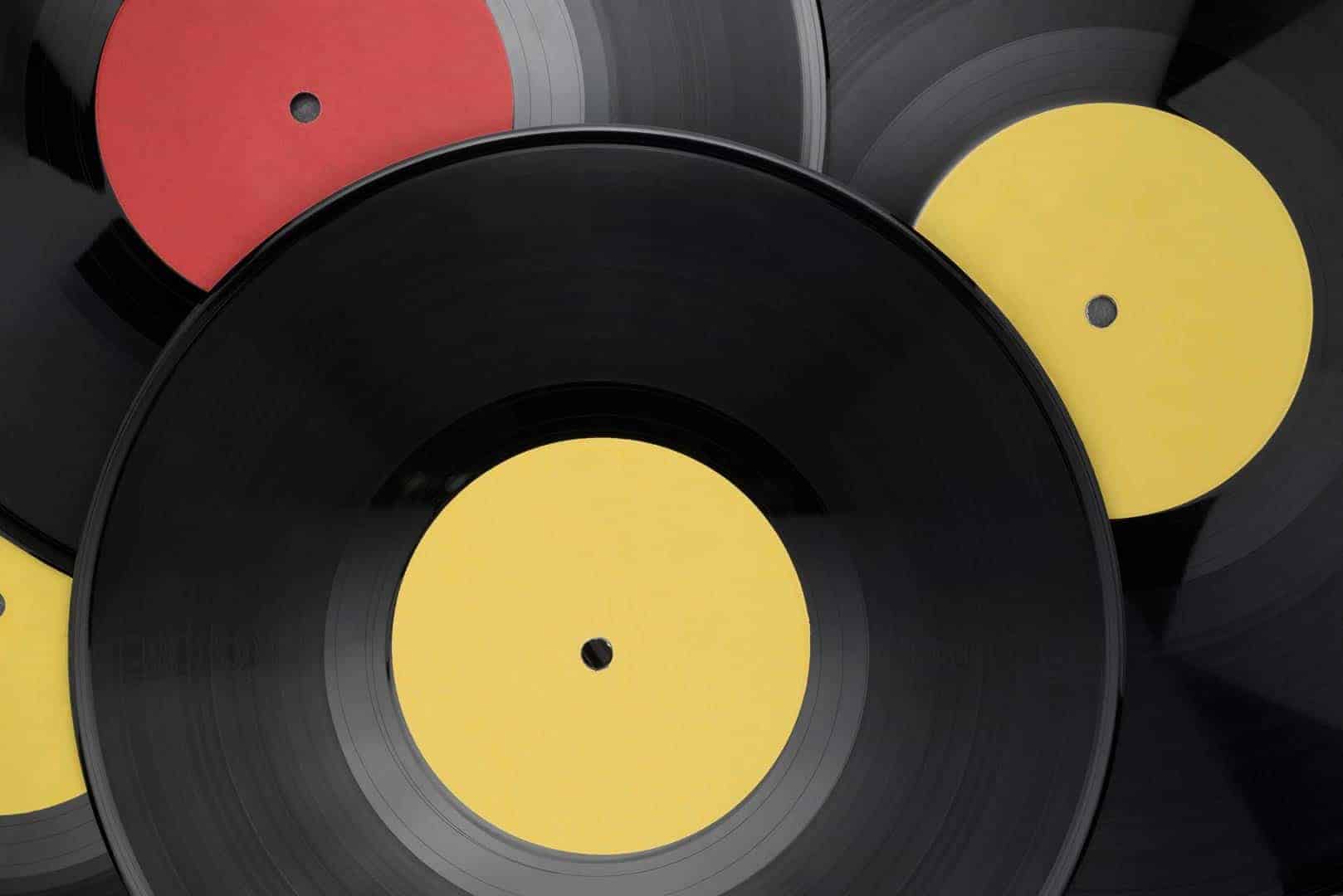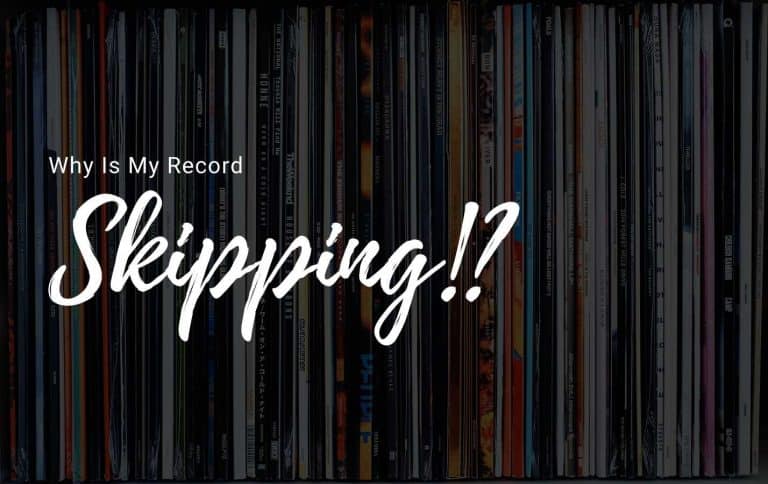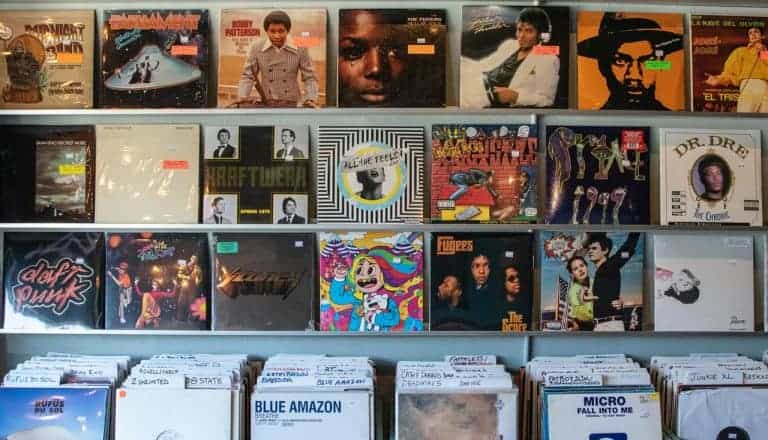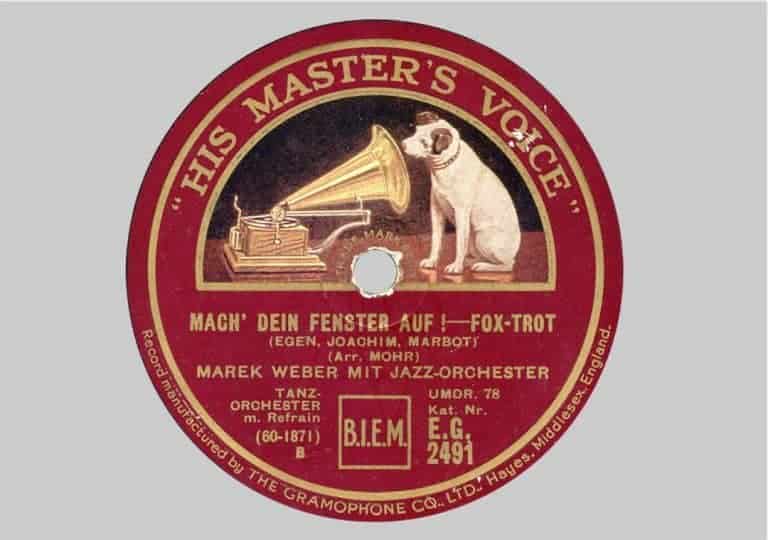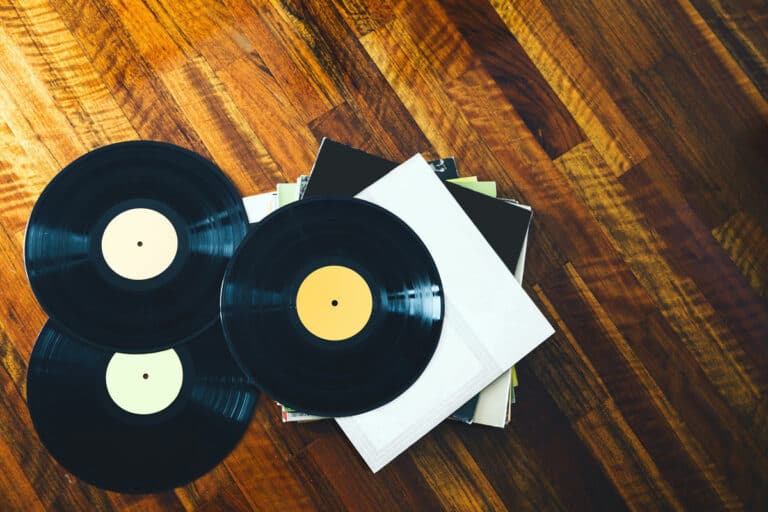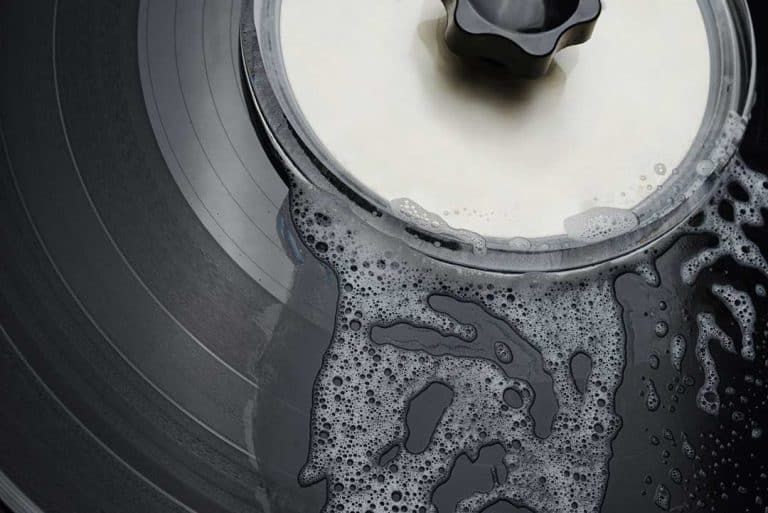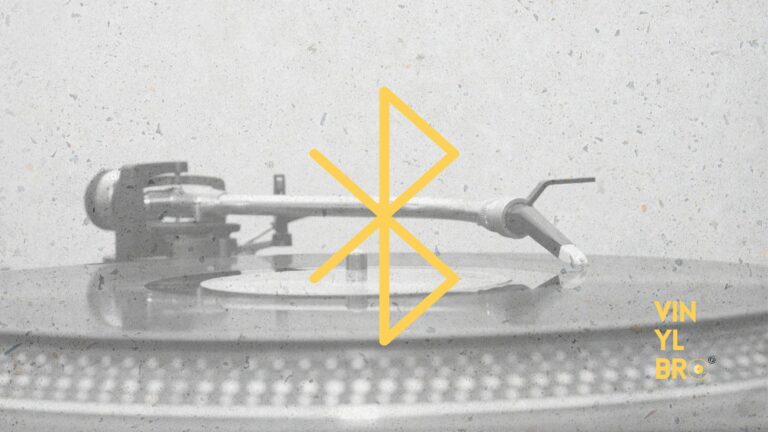A Question We Get Often: So, Is Vinyl And LP The Same?
There are several terms used to describe records in general as there are many different types of records. If you landed here, you were likely trying to get someone a gift who collects records, and you wanted to make sure that the “Vinyl” they asked for is the same thing you remembered or you are new to this format of music and just want to make sure you understand.
So, is vinyl and LP the same? LP means Long Play which refers to a full-length record. Vinyl is a word used now interchangeably with record or album. LP technically refers to the length of a record which can be between 10-12 songs. Vinyl refers to the actual object or medium used as a format of playing music similar to a record.
There are lots of terms used to describe records and they mean different things. It is very common to get mixed up when trying to understand what they all mean. We hope to help guide you through some of them and hopefully answer at least some of the questions you may have.
Why Do People Call Records A LP?
In a time before 8 tracks, tapes, cd’s and digital downloads, the main format of music was vinyl records. At that time, it was very common to refer to full-length albums or 12 inch records as LPs and 7 inch records as EPs or 45s. This is because, at that time, we did not have to differentiate between media mediums.
When you said, “Hey, I got a new LP,” you meant you got a new full-length record, and it was likely on vinyl unless you had a shellac 78. If you said “Man I really want this EP,” you were referring to a single with a b-side or two.
Now, we are in a time where there are countless music media mediums, and you have to specify what you are referring to. Nowadays, you would have to say, “Hey, I got this band’s new album on record” in order to specify what you purchased.
We say this a lot but in the audiophile and music world, there is a lot of semantics when it comes to the words used. They do not necessarily matter at the end of the day.
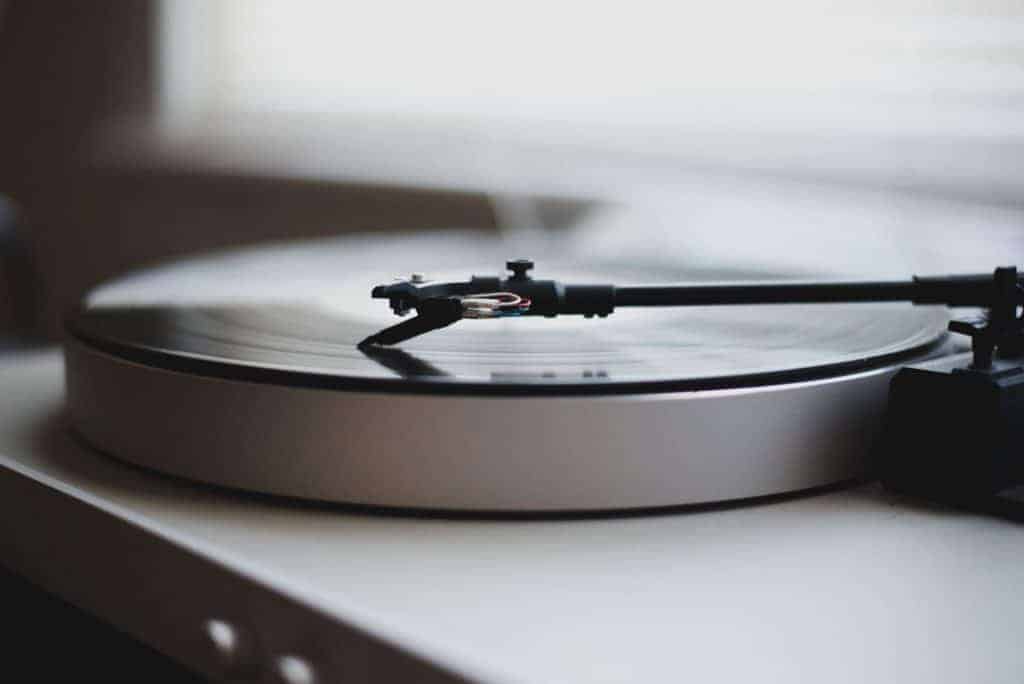
Why Do People Call Records Vinyl?
Vinyl, in its real meaning of the word, is the material used in order to produce the disc that the music is housed on. People commonly refer to records as vinyl often disregarding the true definition of the word vinyl in this context. Vinyl could refer to anything in the format from 7-inch records to 12-inch records or 33⅓ RPM to 78 RPM.
As mentioned earlier in this article, we live in a time where there are countless music media mediums, and you have to specify what you are referring to. Most people would call vinyl records just “records,” but there are some who call them “vinyl.” Vinyl is used in the singular form for both singular and plural forms.
Why Do People Call Records An Album?
The reason some call records albums again are tied to historically used verbiage. When records were the only media format for recording and playing music, they referred to LPs (full-length long play records) as albums.
EPs, also known as extended plays, was usually a single on each side with one extra track on each side and, therefore, were not full-length albums. While some people refer to all records as LPs or albums, they may not be technically correct.
How long is an LP?
LP stands for Long Play album. It is commonly used to describe a full-length album. The minimum length for an LP is usually 10-12 tracks, like this album. In the world of vinyl records, anything longer than 10-12 tracks would likely be on a double LP or a 2xLP. This is because on vinyl records you are dealing with space. If the album is on 12” vinyl and recorded at 33⅓ rpm, you can generally get 20-26 minutes of playing time per side. So, if you have 10 four minute songs, you will max out your play space. If the album is on 12” vinyl and recorded at 45 rpm, you only have 15 minutes per side.
What Does Double LP Vinyl Mean?
Double LP, 2x LP, and 2LP all refer to the same thing. They mean an album that has two vinyl records. They can be recorded at any speed, but generally the most common is two vinyl records recorded at 33⅓ RPM. The reason this is an option is sometimes the album ran out of space to put on one record and therefore needed an additional record.
Sometimes an album will be pressed in 45 RPM to allow the songs to breathe and have more space for audio quality and, because there is only 30 minutes total per 45 RPM record, they will feature it as a double LP. If this is done right, there is nothing quite like a 12-inch 45 RPM double LP with plenty of room to breathe.
Is LP And Vinyl The Same?
The biggest difference between an LP and a vinyl is that an LP refers to length and vinyl refers to the material used to produce a record. Although commonly used interchangeably, they do not have the same technical meaning. Most people call them records although vinyl can be used to describe anything in the format and is widely accepted. So, while LP and Vinyl are not the same in the technical meaning, they do usually refer to the same thing given that the context was referring to records.
Why Not Call Them Records?
While records is another universally accepted term for vinyl records, the term record could also be used to describe an album in any format. For example, you could call an album on CD a record nowadays.
This all came about when the industry shifted to CDs. All new releases were referred to as albums or records. While we do not feel a CD is a record, we certainly agree it can and should be called an album whether it is on vinyl or CD. This can still leave room for some confusion. This has resulted in people trying to find a term that was more specific but general in the genre. Thus vinyl was the chosen term.
What Is Vinyl Bros’ Opinion On What To Call Them?
Technically, any of the terms reviewed here are correct. Audiophiles generally call them LP’s or records. This is a debate several audiophiles have in regards to newcomers to the genre.
Personally, we feel and understand the need to refer to them as vinyl. It’s even in our name! We understand the debate that calling them vinyl is like calling a tape encased magnetic tape, but, as time changes, so do the meaning and semantics of the words we use.
Vinyl is a great term to refer to anything in the media genre from 45’s to 12-inch LP’s and should be widely accepted. If you are talking with someone that does not agree, then they likely care a little too much about the details, and you are not going to “out audio.” Generally speaking, they are postering for how much more audiophile they are. Either way, its semantics; call them what you want in the generally accepted terms.
Happy listening, and we hope you enjoyed the read.
Frequently Asked Question – What’s a Vinyl Record vs Lp Records
So, is vinyl and LP the same?
Yes, vinyl and LP are synonymous terms. LP stands for “long play,” which refers to the long-playing vinyl record made of polyvinyl chloride (PVC).
What’s the difference between LP and EP?
LP stands for “long play” and typically refers to a full-length album with more than 22 minutes of music per side. EP, on the other hand, stands for “extended play” and usually contains fewer tracks and shorter playing time compared to an LP.
Are vinyl records still being made?
Yes, vinyl records are still being produced. In fact, there has been a resurgence in vinyl’s popularity in recent years, with many artists choosing to release their music on vinyl alongside digital formats.
What are the different types of vinyl records?
There are various types of vinyl records, including LPs (long-playing vinyl records), EPs (extended play records), and 45 RPM singles. Each type has its own specific characteristics and playing time.
How are records made?
Vinyl records are made by pressing grooves onto a polyvinyl chloride (PVC) disc. The grooves are then used to reproduce sound when the record is played with a stylus on a turntable.
What is the sound quality of vinyl records?
Vinyl records are known for their warm and rich sound quality. Many music enthusiasts and collectors prefer vinyl due to its unique sonic characteristics.
What is the significance of 33 RPM and 45 RPM?
A: The terms 33 RPM and 45 RPM refer to the revolutions per minute at which vinyl records are played. 33 RPM is the standard speed for LPs, while 45 RPM is commonly used for singles.
What is an LP sleeve?
An LP sleeve refers to the protective cover that holds a vinyl record. It is typically made of cardboard or paper and often features artwork, track listings, and other information related to the album.
Are LPs pressed onto both sides?
Yes, LPs, being long-playing records, are typically pressed onto both sides. Each side can contain approximately 22 minutes of music, allowing for extended playing time.
Is there a difference between vinyl and LP record players?
No, vinyl and LP record players are used synonymously to refer to the turntables that are specifically designed for playing vinyl records. They both function in the same way to reproduce sound from the grooves of the record.
